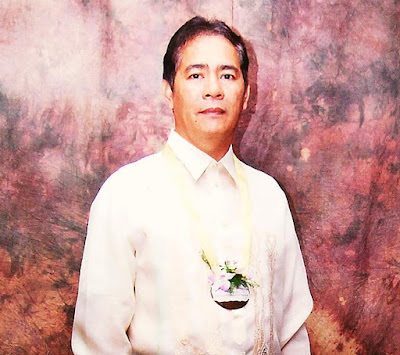Seminar on Theory and Practical Application of Finite Element Analysis (FEA) in the Aerospace Industry
[Last September 21, 2018, Engr. Vicente E. DyReyes, a DOST Balik Scientist, conducted a free seminar on the theory and Practical application of FEA at the FEATI University. Here's a report by Engr. Joefreim E. Delicano of said event. Engr. Delicano is Assistant Professor 1 of the Department of Aeronautical Engineering and Aircraft Maintenance Technology, College of Engineering of FEATI.]
-ooo-
The seminar was
conducted in partnership with the Society of Aerospace Engineers of the
Philippines (SAEP) and the Philippine Council for Industry, Energy and Emerging
Research and Development of the Department of Science and Technology
(PCIEERD-DOST). Below are some of the insights I gained from the seminar and I
hope it could be of help in your endeavor:
1) The first part of
his talk was all about Engr. DyReyes sharing his professional experience. With
his knowledge in Finite Element Analysis (FEA), Engr. DyReyes was able to work
with various aviation industries abroad, both in the civilian and military.
2) Engr. DyReyes gave
emphasis on the importance of Finite Element Analysis in Aeronautical
Engineering. He mentioned that industries were able to save a lot of money in
testing and operation with the aid of FEA. He added that aircraft manufacturing
and repair abroad are governed by FEA.
3) The second part of
his talk delved on the origin of FEA as well the scientific principles behind
it. He told that FEA was just like a method on how we determine the
characteristics of orthographic objects e.g. square, rectangle. For instance,
if we want to get the perimeter of the square, we just add its sides. Looking
at it in the perspective of FEA, reactions, loads, and other characteristics of
an object (irregular or regular in shape) can be approximated by performing a series of multiple linear equations.
4)
Practical applications of FEA in aircraft were discussed in the last part of
the seminar. Uses of FEA for some real world problems were demonstrated. The
seminar ended with the participants having a tour in the Aeronautical
laboratory of FEATI University, funded by the Philippine Council of Industry,
Energy and Emerging Research and Development of the Department of Science and
Technology (DOST-PCIEERD).


















